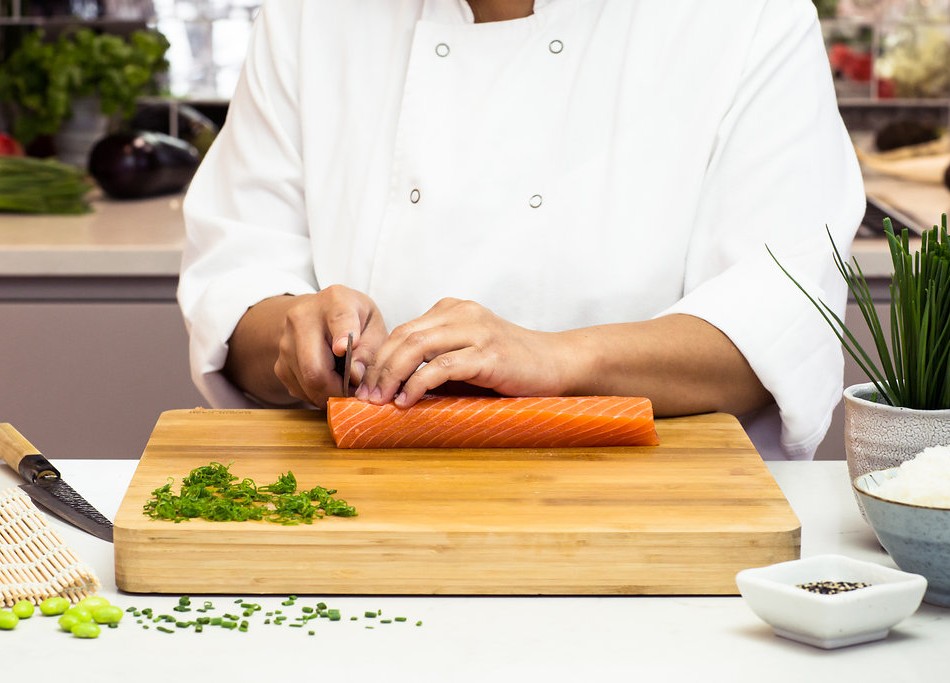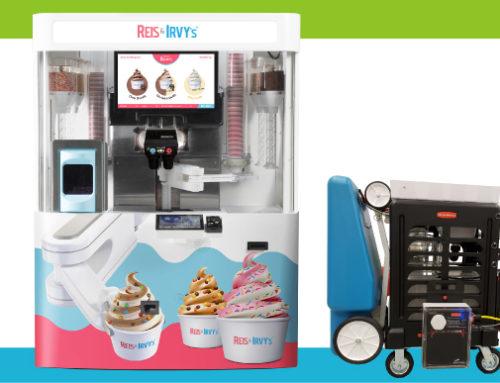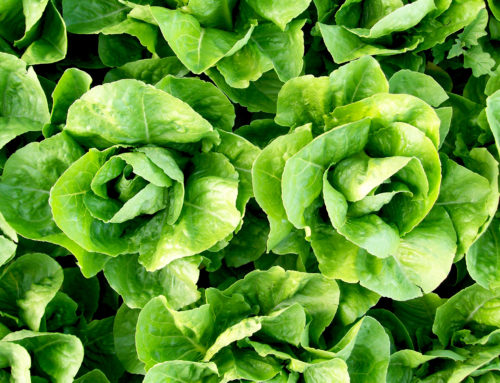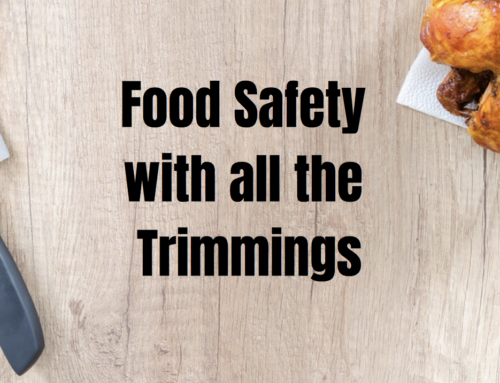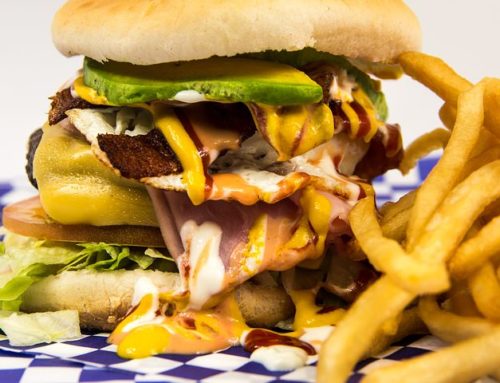- Studies have reported up to 80% of all grocery store chickens in the US are contaminated with Salmonella, Campylobacter or both.
- Plastic cutting boards should be replaced often due to wear-and-tear creating a difficult surface to remove pathogens from.
- Kitchens should have a minimum of 2 cutting boards; 1 for vegetables/fruit and 1 for raw meats/poultry/fish.
Cutting Board Controversy
The use and misuse of cutting boards in the food processing and food service industries is a known source of both food contamination and cross contamination.
Controversy exists regarding the proper choice of cutting board material and the proper sanitization of the different board materials. The most essential elements of any type of cutting board are the integrity of the board material and its proper sanitization.
The FDA Food Code recognizes that the surfaces of cutting boards can become scratched and scored creating a safe harbor for pathogens leading to foodborne illnesses. Keeping a cutting board surface “smooth”, as defined in the Food Code as having a surface free of pits and inclusions, is extremely difficult.

Types of Cutting Boards
Ideally, two sets of cutting boards should be available to prevent cross contamination:
- One for fruits, vegetables and bread
- One for raw meats, poultry and fish.
Studies have reported up to 80% of all grocery store chickens in the US are contaminated with Salmonella, Campylobacter or both.
Several types of materials are used for cutting boards including wood, plastic, rubber, granite and glass. Glass and granite cutting boards are not recommended.
Wood cutting boards should be made from hard, tight grained woods; rock maple, walnut, cherry, teak, bamboo, ash and birch. End grain checkerboard style wood boards are preferred. The vertical grain makes for a surface that is extremely durable and is easier on your knives than edge grain or plastic boards. End grain boards are more expensive than other types of cutting boards. They are usually much thicker too. Edge grain boards appear striped. They are not as strong as end grain but they are significantly less expensive. They’re a lot easier to store and move around the kitchen.
There are reports of wood cutting boards having natural antibacterial properties but other reports are highly skeptical.
The downside of wood cutting boards is that they cannot be placed in the dishwasher.
Hard rubber boards are common in restaurant kitchens and are sold by restaurant supply companies. They combine many of the positive attributes of both wood and plastic boards. They are heavy, stay in place, and dishwasher safe.

Plastic cutting boards are inexpensive, dishwasher safe, and come in colors to prevent cross contamination. But they’re hard on knife edges.
New plastic boards are easy to clean and sanitize. If the surface remains “smooth” bacteria will not penetrate the surface. But when the plastic becomes scored from knife cuts, the cuts will fracture. This creates a microscopic web of fissures below the surface which provides a safe harbor for bacteria. Then it becomes more difficult to remove pathogens through hand washing. Although the plastic boards, unlike wood boards, can be placed in the dishwasher, the dishwashing process becomes less effective when the board becomes scarred or scuffed.
In short, plastic boards should be replaced at a minimum every couple of years.
Bottom Line on Cutting Boards
Cleaning and sanitization of cutting boards is most essential. If you’re washing by hand, wash the cutting board before any other dishes or after washing everything else. Rinse the board before putting anything else in the sink or after everything else is done so you don’t contaminate your wash water or other dishes.
Dish cloths are rough enough to scrub your cutting boards well. After the initial plain water scrub, wash the cutting board in hot soapy water. Afterward, rinse the board and allow to dry thoroughly.
Although plastic and rubber boards can be placed in the dishwasher, a good rinse and scrub is recommended first. Do not allow the boards to stay in the drying cycle which will warp them.
Best Practices
The priorities to remember with use of cutting boards is
- Have at least two boards separating foods eaten raw from raw meat, poultry and fish
- Keep a close eye on the integrity of the surface of the board
- Proper cleaning and sanitizing is essential with any type of board. (1)
Do you have a food safety question? Ask Dr. Gary.

Dr. Gary Russotti MD, MS
Idea Boxx – Director of Medical/Biochemical R&D and Regulatory Compliance
- Ward, Chad. “The Dirty Truth About Cutting Boards”. Daily Beast. Sept. 2009. p.1.

